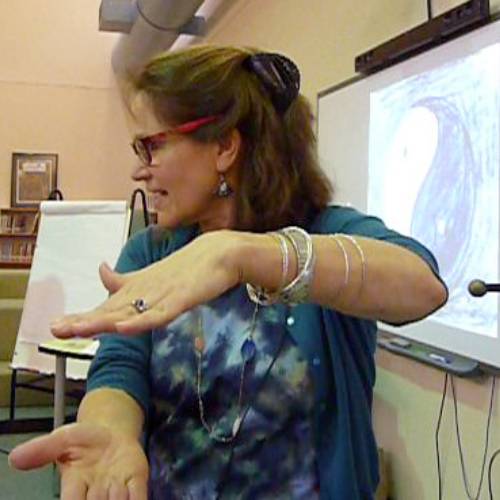| Program Type | Workshop | Residency |
| Art Form | Visual Art |
| Curriculum/a | STEM | Social and Emotional Learning | Environmental Awareness |
| Target Grades | Elementary School (1st - 5th grade) |
View Artist & Programs
Testimonial
"Fascinating."
Parent, Cos Cob
"So much new and relevant information in an engaging program. The students were amazed at how their Science learning worked in real life."
5th grade Science Teacher, New Haven
Parent, Cos Cob
"So much new and relevant information in an engaging program. The students were amazed at how their Science learning worked in real life."
5th grade Science Teacher, New Haven
Description
This arts-integrated residency full of Science and Technology cross-cutting concepts explores the cause and effect of artificial light at night on the environment through the lens of Visual Arts. Options include creating and comparing the a value scale with the Bortle Scale of light pollution; the history of electricity through art history and painting Nocturnes. Students explore storytelling, drawing, research, writing, and presenting their work as they discover the impact of light at night on the environment. In possible collaboration with a school's Maker Space, students can prototype designs for existing technologies. Adaptable for 4th to 8th grades.
Objectives
Students understand how lighting technologies impact the environment. Students learn to see light and shadow, day and night, through the skills and lens of visual arts. Students conduct research to understand the many reasons nocturnal animals need the dark at night. Students create art to demonstrate their understanding and express themselves.
Pricing Information
$660 for half day (up to 2 classrooms)
$1,100 for full day (up to 4 classrooms)
$1,100 for full day (up to 4 classrooms)
Program Length
56-60 minute lessons; 5 visits is ideal for this program, can be shorter or longer
Participants
15-30 per classroom
3-4 classrooms a day
3-4 classrooms a day
Technical Specifications
Room that can be darkened
VGA or HDMI cable for projector (and/or computer to run power point) for presentations;
Screen for power point; extension cords and outlets for artist props and electronics
table/cart for artist supplies
paper, pencils, ability to conduct research at school or home
art supplies (if not available artist will provide)
white board for teaching drawing skills and taking student comments
VGA or HDMI cable for projector (and/or computer to run power point) for presentations;
Screen for power point; extension cords and outlets for artist props and electronics
table/cart for artist supplies
paper, pencils, ability to conduct research at school or home
art supplies (if not available artist will provide)
white board for teaching drawing skills and taking student comments





